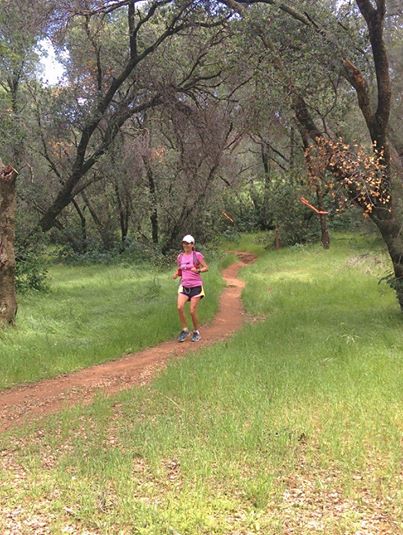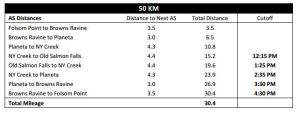After working hard on increasing my endurance for the last six to seven months, I’m ready to push my body and gain some speed back.
The first question I ask myself is…….How am I going to get faster?
Will simply running every other day make me faster?
Sure, running several days a week will make me get better. However, at some point, I will plateau. Since I have been running for so many years, that plateau will appear rather quickly for me.
Then what can I do?
There are 3 main things that I will do:
1. chose a plan that includes both running and cross training. I choose to cycle as my cross training. This type of plan allows for higher intensity workouts since I won’t be running every day. I will run 3 days a week and cycle 2 days a week at first. Then, I will transition to 4 days of running and 1 day of cycling. This way, my body will get a chance to rest before I have another run workout.
2. Every workout will have a purpose ie: hill repeats, tempo, interval, long runs. Each week, I will include these different types of workouts.
“Hill repeats are repeated short segments of hard uphill running. They increase aerobic power, high-intensity fatigue resistance, pain tolerance, and run-specific strength. The ideal hill on which to run hill repeats features a steady, moderate gradient of 4 to 6 percent. Hill repetitions are typically done at the end of the base-building period as a relatively safe way to introduce harder high-intensity training into the program.
A tempo run is a sustained effort at lactate threshold intensity, which is the fastest pace that can be sustained for one hour in highly fit runners and the fastest pace that can be sustained for 20 minutes in less fit runners. Tempo or threshold runs serve to increase the speed you can sustain for a prolonged period of time and to increase the time you can sustain that relatively fast pace.
Interval workouts consist of repeated shorter segments of fast running separated by slow jogging or standing recoveries. This format enables a runner to pack more fast running into a single workout than he or she could with a single prolonged fast effort to exhaustion.
Interval workouts are typically subcategorized as short intervals and long intervals, and are often performed on the track. Long intervals are 600 to 1,200-meter segments run in the range of 5K race pace with easy jogging recoveries between them. They’re an excellent means of progressively developing efficiency and fatigue resistance at fast running speeds
Generally, a long run is a base run that lasts long enough to leave a runner moderately to severely fatigued. The function of a long run is to increase raw endurance. The distance or duration required to achieve this effect depends, of course, on your current level of endurance. As a general rule, your longest run should be long enough to give you confidence that raw endurance will not limit you in races. There are many spins you can put on a long run, such as progressing the pace from start to finish or mixing intervals (described on the last page) into the run.”
You can learn/read more about these types of runs and other types here.
3. Use either time or heart rate to help manage. Don’t get stuck in a rut. If I just go out for a run, I tend to run at a pace with a certain comfort level. However, I need to increase my pace or get my heart rate up for parts of the workout in order to make any progress. Basically, if I want to run faster, I have to teach my body how to do it.
Wish me luck! I’ll let you know how it’s going.








